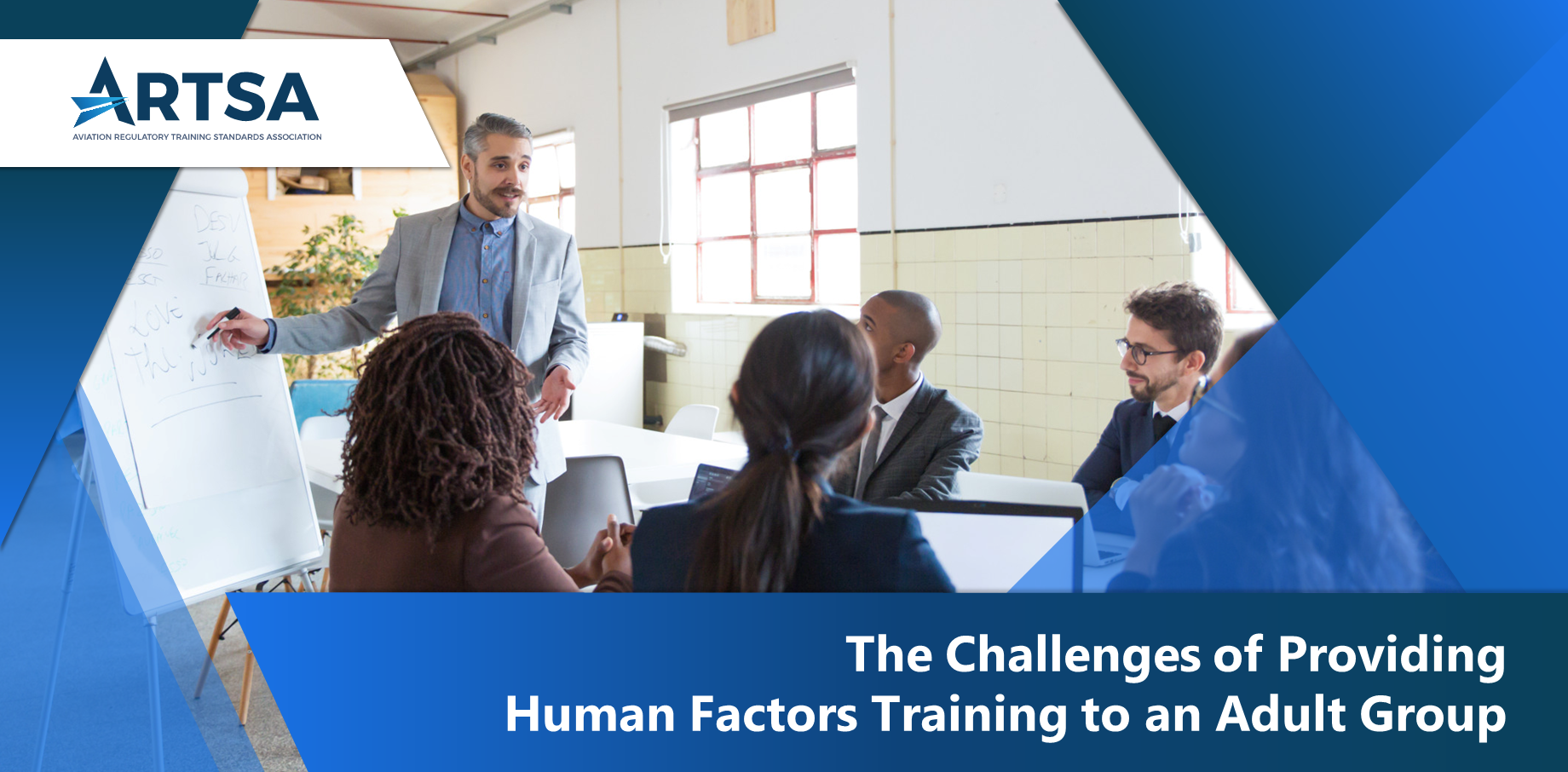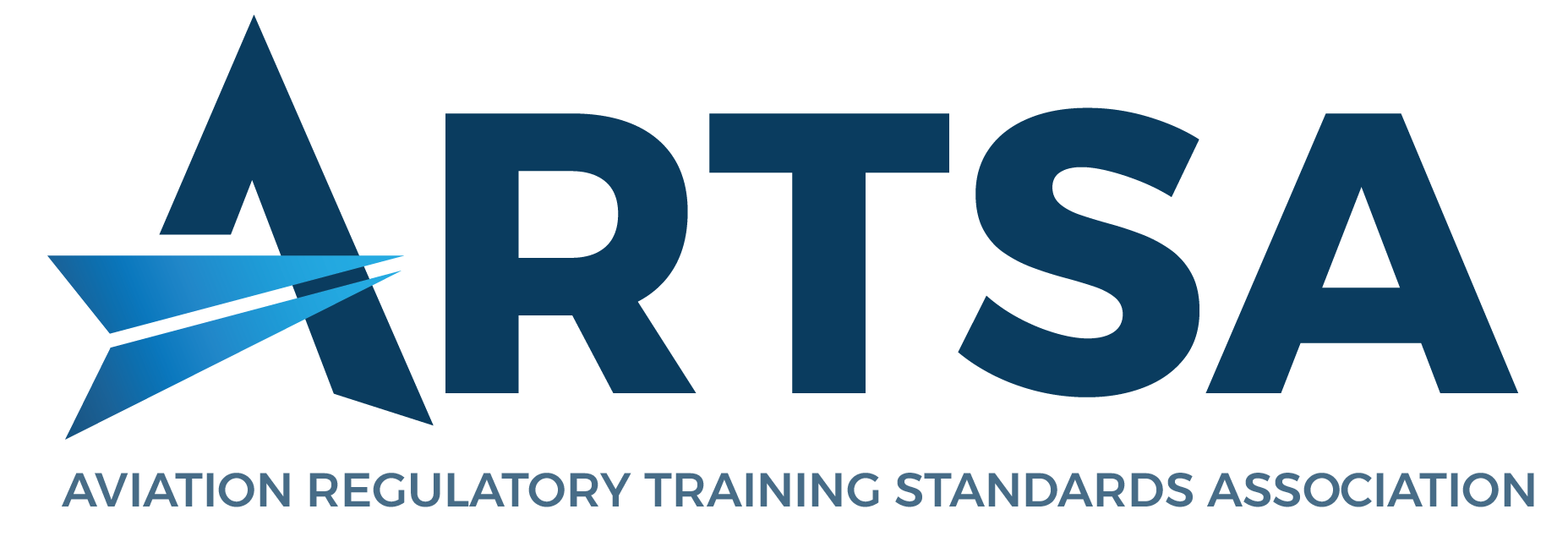
Delivering Human Factors (HF) training to an adult audience is rewarding yet complex. Unlike training for younger learners, adult education demands a deeper understanding of how adults engage with new information, learning styles, and expectations. These challenges are magnified in the aviation industry, where HF training is vital to ensuring safety and operational efficiency. Here, we explore the intricacies of designing and delivering effective HF training to adults, emphasizing both the obstacles trainers face and the strategies to overcome them.
Understanding the Adult Learner
The foundation of any successful adult training program lies in understanding how adults learn—a concept known as andragogy. Adult learners bring their experiences, beliefs, and established knowledge to the training environment. They expect training to be relevant, practical, and problem-solving oriented. This expectation presents a dual challenge: trainers must respect and build upon this expertise while introducing new concepts that align with their professional realities.
For adults, training is not just about absorbing information. It’s about understanding how the training applies to their work and how it can improve their efficiency or solve real-world problems. They need to see the “why” behind the training—the immediate benefits and applicability—before they can engage fully. This is particularly critical in HF training, where the concepts can sometimes appear theoretical unless explicitly linked to everyday maintenance practices.
Navigating Key Challenges
One of the most significant challenges in adult training is addressing the diversity of learning styles within a group. While some participants may thrive on visual aids, others prefer hands-on activities or auditory explanations. Catering to these varied preferences in a single session requires creativity and flexibility from the trainer. It also necessitates carefully balancing traditional teaching methods and innovative approaches such as simulations or case study reviews.
Resistance to change is another hurdle. Adults often have established working methods and may view new training as unnecessary or disruptive. Trainers must approach this resistance with sensitivity, framing the training as an enhancement rather than a critique of current practices. Encouraging open discussions and inviting participants to share their perspectives can help break down these barriers.
Balancing training with the professional obligations of adult learners is an additional layer of complexity. In aviation maintenance, tight schedules and high workloads often leave little room for extended training sessions. This can lead to disengagement or hurried participation. Effective HF training must, therefore, be concise, focused, and designed to maximize impact within limited timeframes.
Group dynamics also play a pivotal role. Poor cohesion, negative attitudes, or disengaged participants can undermine the learning environment. The trainer must foster a positive atmosphere, encouraging collaboration and mutual respect. Icebreakers, clear ground rules, and interactive activities can go a long way in building rapport and setting the right tone.
Crafting Effective Training Solutions
The challenges of adult HF training, while significant, are not insurmountable. Success begins with clear communication. Setting expectations at the outset by explaining the training’s purpose, structure, and goals helps align the group’s mindset. When participants understand the “why” and “how” of the training, they are more likely to engage actively.
Creating an interactive and participatory environment is equally crucial. Adults learn best through doing, discussing, and reflecting. Activities such as role-playing, case study analysis, and scenario-based learning make the training more engaging and help participants internalize the concepts by applying them to realistic situations.
Customization is another key to success. HF training is most effective when it reflects the specific operational context of the learners. Incorporating examples and scenarios from their day-to-day work makes the content relatable and actionable. This is particularly valuable in aviation, where regulations and safety requirements vary by role and organization.
Continuous feedback and reflection also enhance the training experience. Allowing participants to share their insights, ask questions, and discuss challenges fosters a two-way learning process. Trainers can use this feedback to adapt the session in real time, ensuring it remains relevant and impactful.
Finally, leveraging technology can add significant value. Online modules, blended learning approaches, and tools like virtual reality can accommodate different learning paces and styles while providing an immersive learning experience.
Building a Culture of Continuous Learning
Human Factors training is not a one-time event but an ongoing process. For it to be truly impactful, organizations must view it as an integral part of their culture. Trainers are critical in this journey as educators and facilitators who inspire curiosity, foster collaboration and build trust.
By addressing the unique challenges of adult learning with thoughtful strategies and a learner-centred approach, HF training can achieve its ultimate goal: equipping aviation professionals with the knowledge and skills to maintain safety and efficiency. Doing so empowers them to make informed decisions, communicate effectively, and prioritize safety in every aspect of their work.
In the end, successful HF training is about more than just delivering information—it’s about creating an environment where learning thrives and safety becomes second nature.
Please let us know what you think about this challenging area.
For contacts or more information email office@artsa.aero
